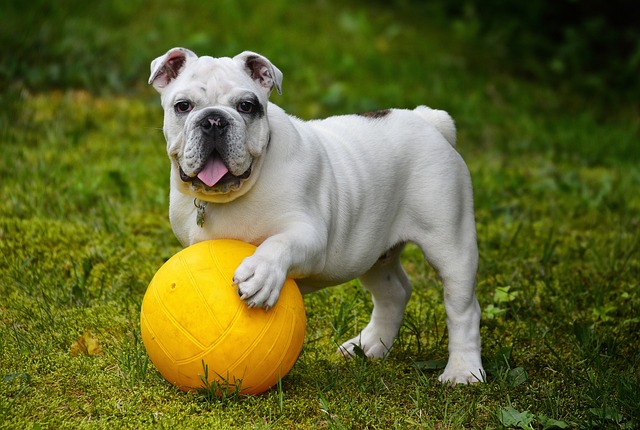
Would veterinarians recommend using dental cleaning sticks for pet dogs
If you’ve ever stood in the pet store, staring at a wall of dental chews while wondering if they’re worth the money, you’re not alone.
Dogs can develop car fear for all sorts of reasons, and it often starts small. Maybe it began with a stressful vet trip where the car ride ended with shots or a scary exam. Or perhaps the rumble of the engine, the rattle of a trunk latch, or even the way sunlight flashes through the windows feels overwhelming to their sensitive ears and eyes. Some pups just aren’t used to the motion—like how a kid might get carsick, dogs can feel disoriented by the movement, making the whole experience unpleasant.
It’s important to take it slow. Rushing a scared dog into a car rarely helps. Start by leaving the car door open in the driveway, letting them sniff around at their own pace. Toss in a favorite toy or a treat, so they associate the space with good things. Over days, try sitting in the car with them, no engine running. Then, turn the engine on for a minute, reward calm behavior, and shut it off. Small, positive steps build confidence better than forcing progress.
 Never scold a dog for being scared—it only makes the fear worse. If they pant, pace, or even try to hide under the seat, take a breath and backtrack. Go back to a step they’re comfortable with, and try again later. Their anxiety is real, and pushing through it can turn a mild fear into a full-blown phobia. Patience isn’t just kind—it’s the fastest way to help them feel safe.
Never scold a dog for being scared—it only makes the fear worse. If they pant, pace, or even try to hide under the seat, take a breath and backtrack. Go back to a step they’re comfortable with, and try again later. Their anxiety is real, and pushing through it can turn a mild fear into a full-blown phobia. Patience isn’t just kind—it’s the fastest way to help them feel safe.
When you do start short drives, keep safety in mind. Check local laws about pet restraints—many places require dogs to be secured to prevent distraction while driving. A well-fitted harness that attaches to the seatbelt works great, and it keeps them from bouncing around if you hit a bump. Plus, a secure pup is less likely to panic, since they feel more stable.
If the fear sticks around, don’t hesitate to ask a vet or a certified dog trainer for help. Sometimes, underlying issues like motion sickness (which vets can address with medication) or deep-seated anxiety need professional guidance. They might suggest desensitization techniques tailored to your dog’s specific triggers, making the process more effective.
Remember, every dog is different. What works for a neighbor’s lab might not work for your terrier. Pay attention to their signals—if they freeze, whine, or avoid the car altogether, that’s their way of saying “too much, too fast.” Respect that, and keep working at their speed. Before long, they might even start perking up when they see you grab the car keys.

If you’ve ever stood in the pet store, staring at a wall of dental chews while wondering if they’re worth the money, you’re not alone.

Walk down any pet store aisle, and you’ll see shelves lined with dental chews—colorful, bone-shaped treats promising to clean teeth and freshen breath.

If you’ve ever struggled to brush your dog’s teeth—dodging wiggly heads, slobbery paws, or the occasional playful bite—you’ve probably wondered about easier alternatives.

Finding your dog lethargic, with dry gums and sunken eyes, is enough to make any new pet owner panic. Dehydration creeps up fast

Watching your golden retriever scratch his ears raw after meals or sprint to the backyard with digestive urgency turns dinnertime into a nightmare.

There’s something undeniably captivating about a husky’s gaze, and when those eyes are a rich shade of brown, it’s like stumbling upon a hidden gem.